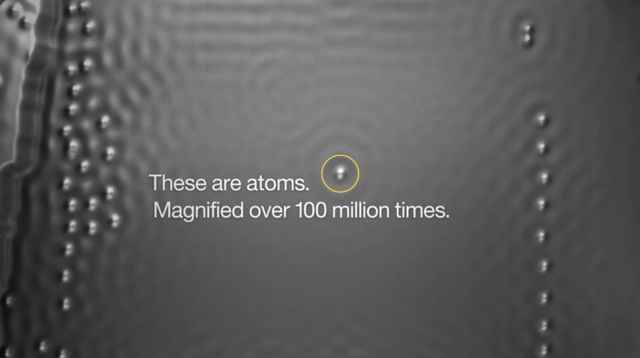
You are invited to design a mission patch that could be flown to the International Space Station (ISS) in summer 2026! Each community participating in SSEP can fly up to two Mission Patches to the International Space Station.
What is a real mission patch?: A NASA mission patch is a special badge that astronauts wear to show their spaceflight mission. These patches have symbols that tell the story of the mission, include the crew’s names, and show important parts like the mission’s goal or where they’re going.
What: On paper, design a 3.5 x 3.5 mission patch for Mission #21
When: Patch designs due Feb. 1, 2026.
Who: K-12 students in Douglas, Sarpy, Dodge and Washington counties, including students taking dual enrollment classes with MCC and MCC students
Details: Through a partnership with the National Center for Earth and Space Science Education, MCC is participating in the Student Spaceflights Experiments Program (SSEP) Mission 21, which will send a microgravity experiment to the ISS. Microgravity sounds very technical but an experiment in microgravity is an experiment in a weightless environment, and in the case of SSEP, the experiment is operated by the astronauts in the weightless environment aboard ISS.
The winning patch design could accompany the MCC student experiment to the ISS.
Examples of patches selected: Visit this website to see a collection of patches that were chosen for mission 17 to the Space Station.
Before you get started: Read more about the project that was chosen for ISS mission 20.
Interested in participating?
Reach out to your EY coordinator to help with submissions.
Teachers and Parents: Patch designs must be accompanied by a completed submission form. For patch design questions and to get more information about submissions, email LaunchToLearn@mccneb.edu
















